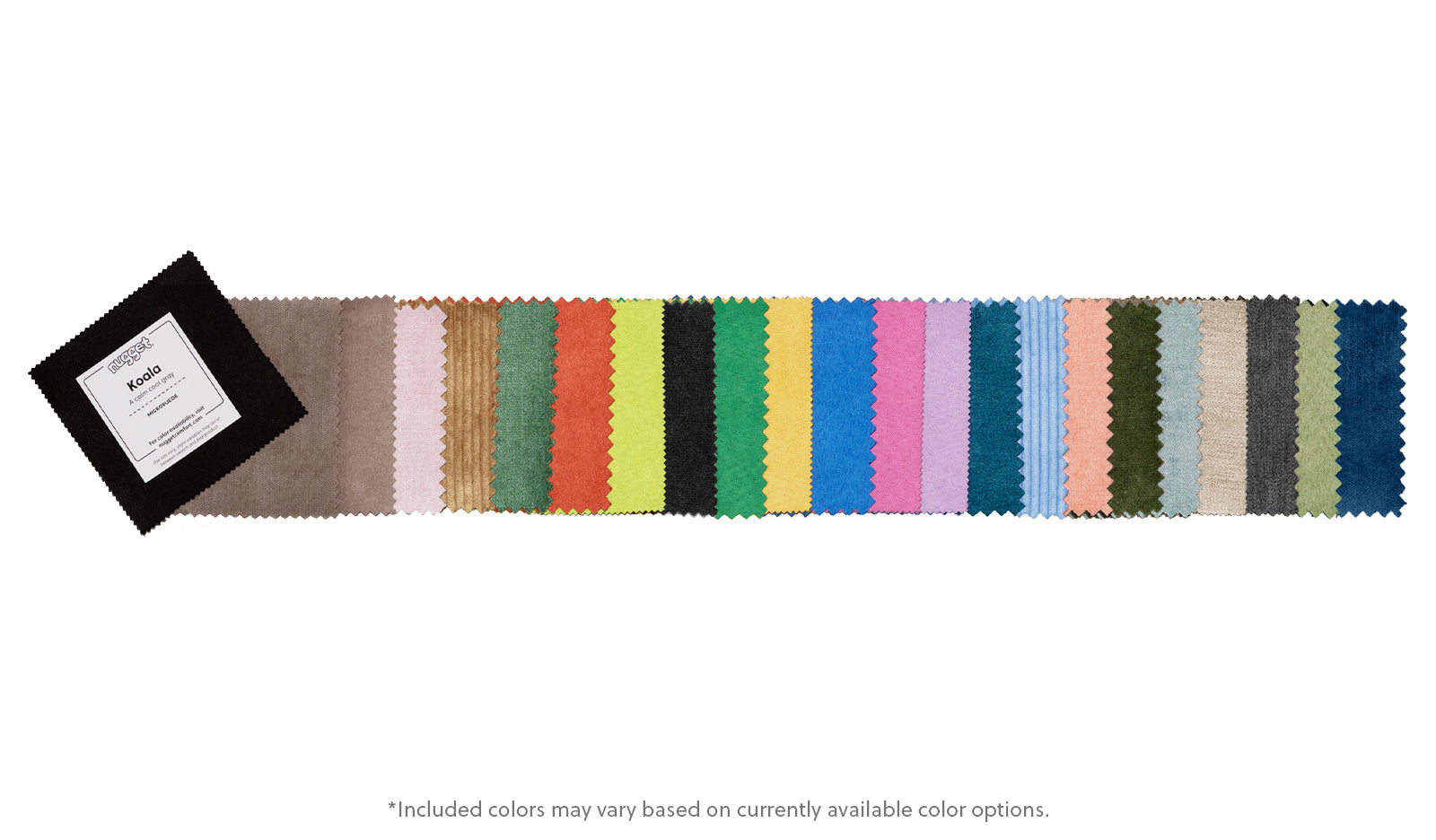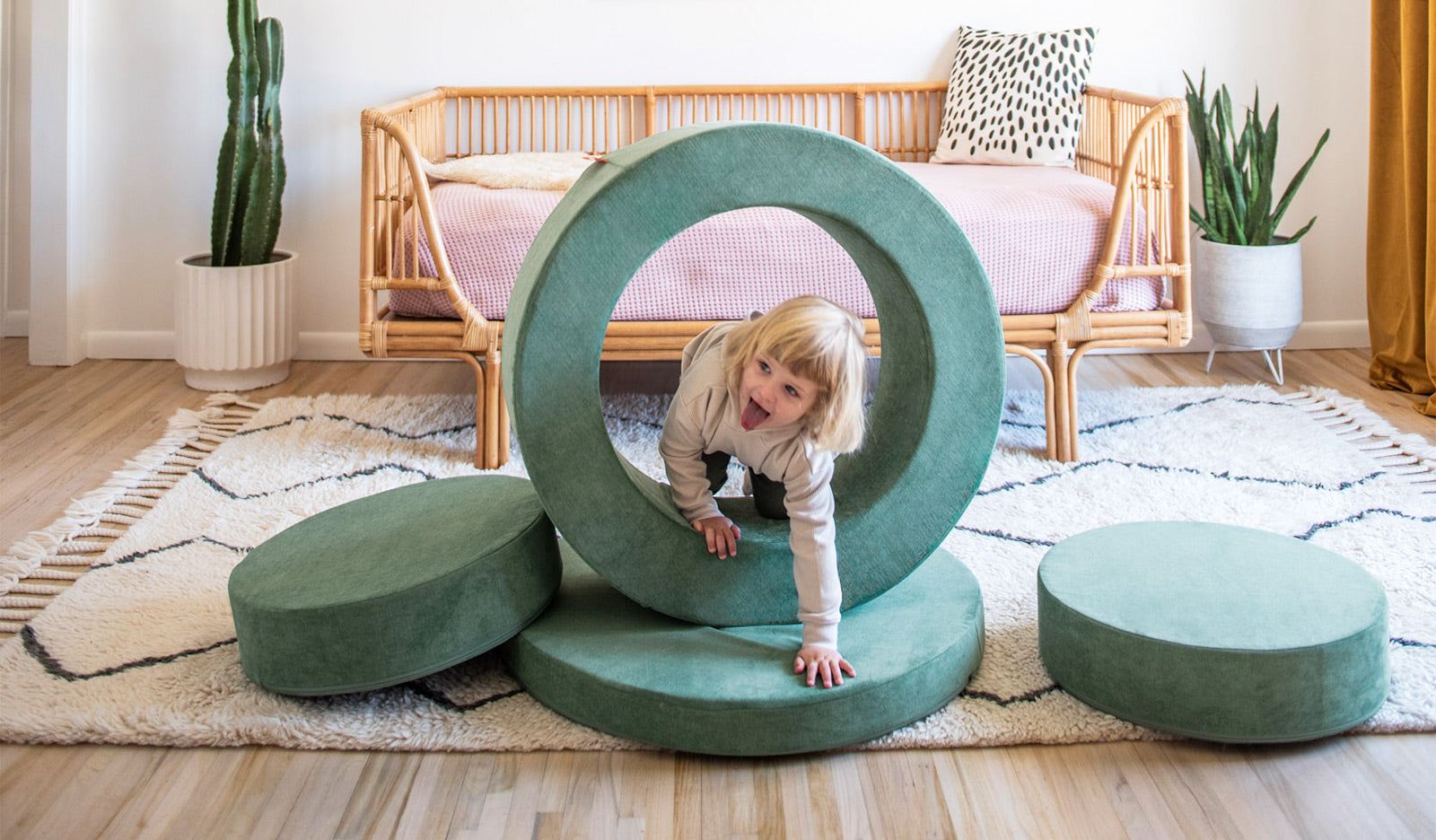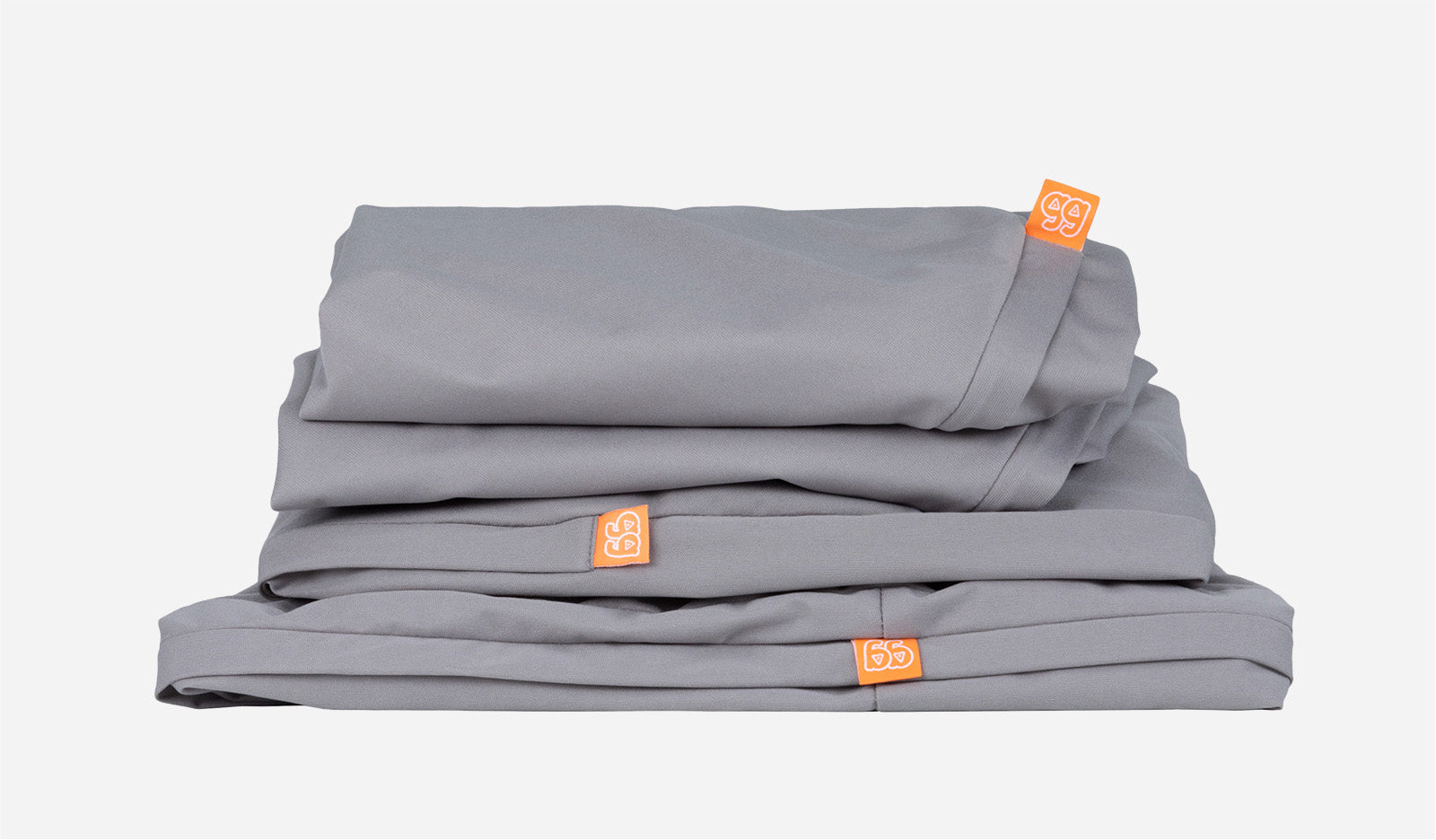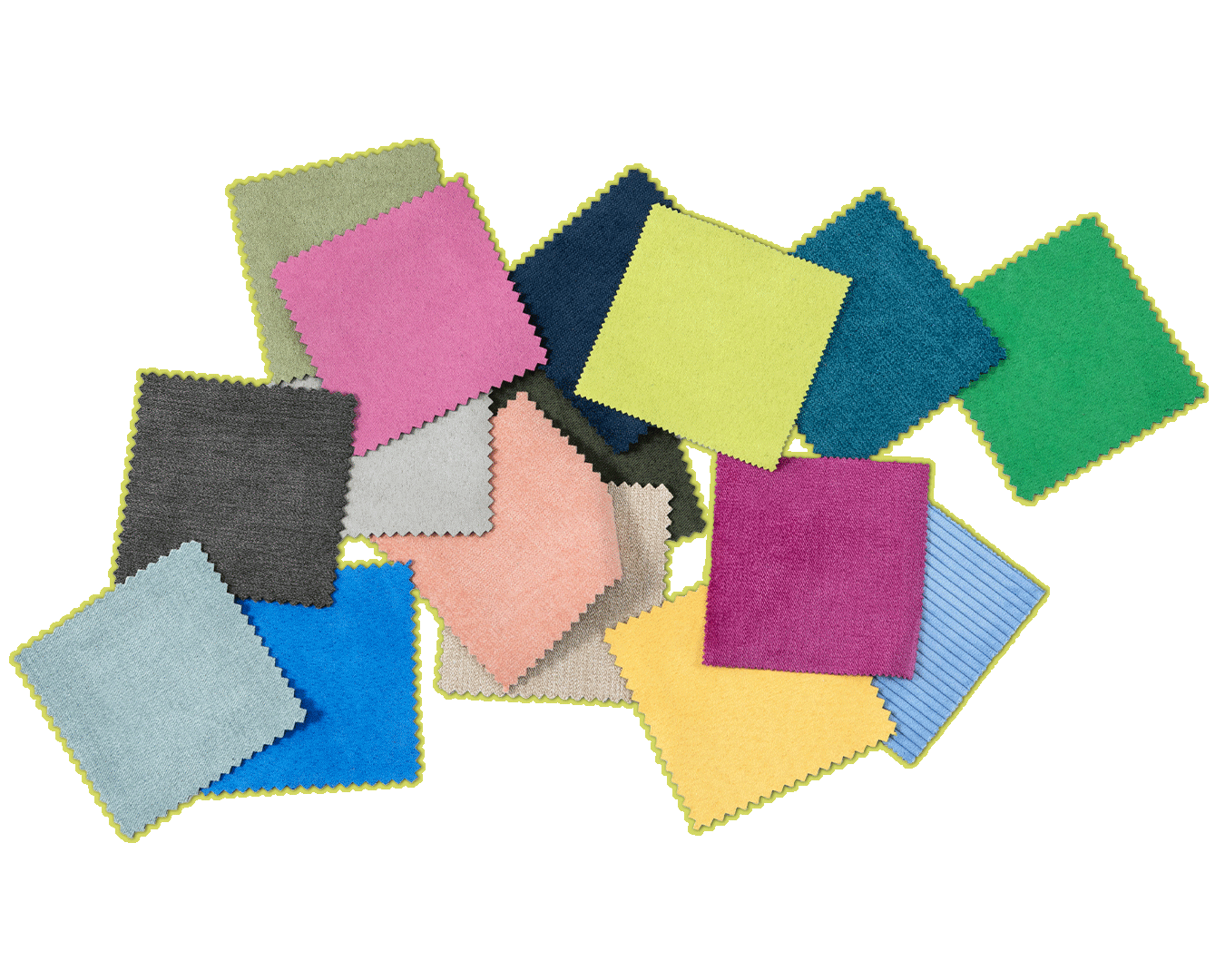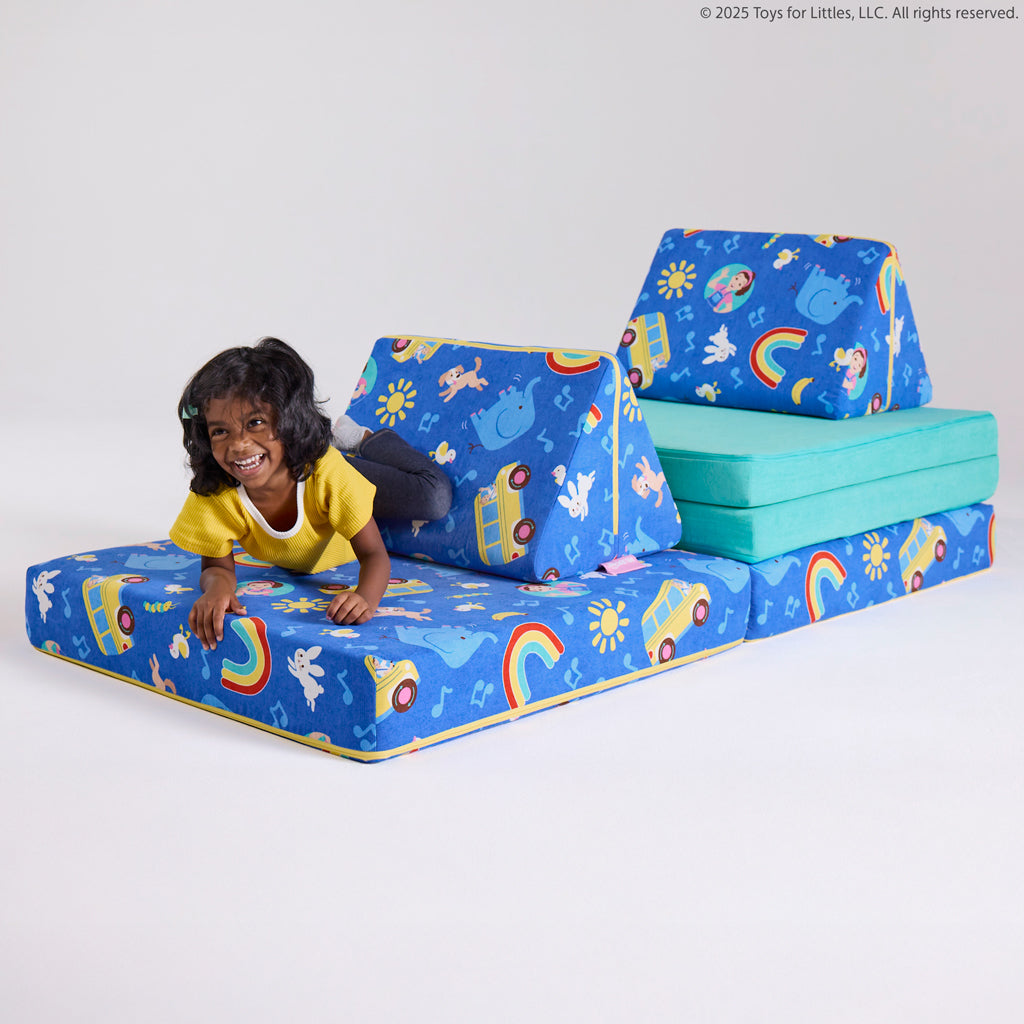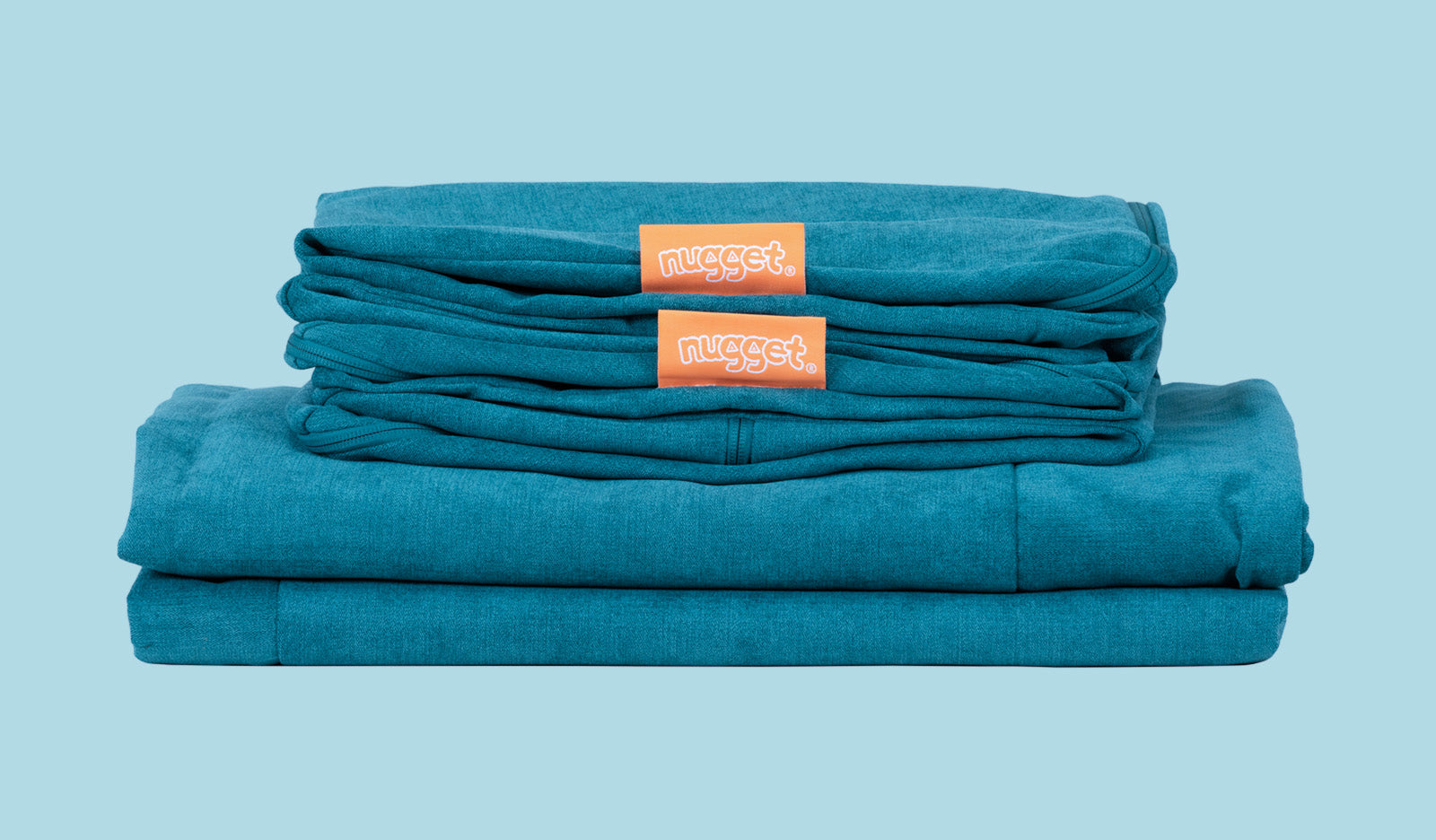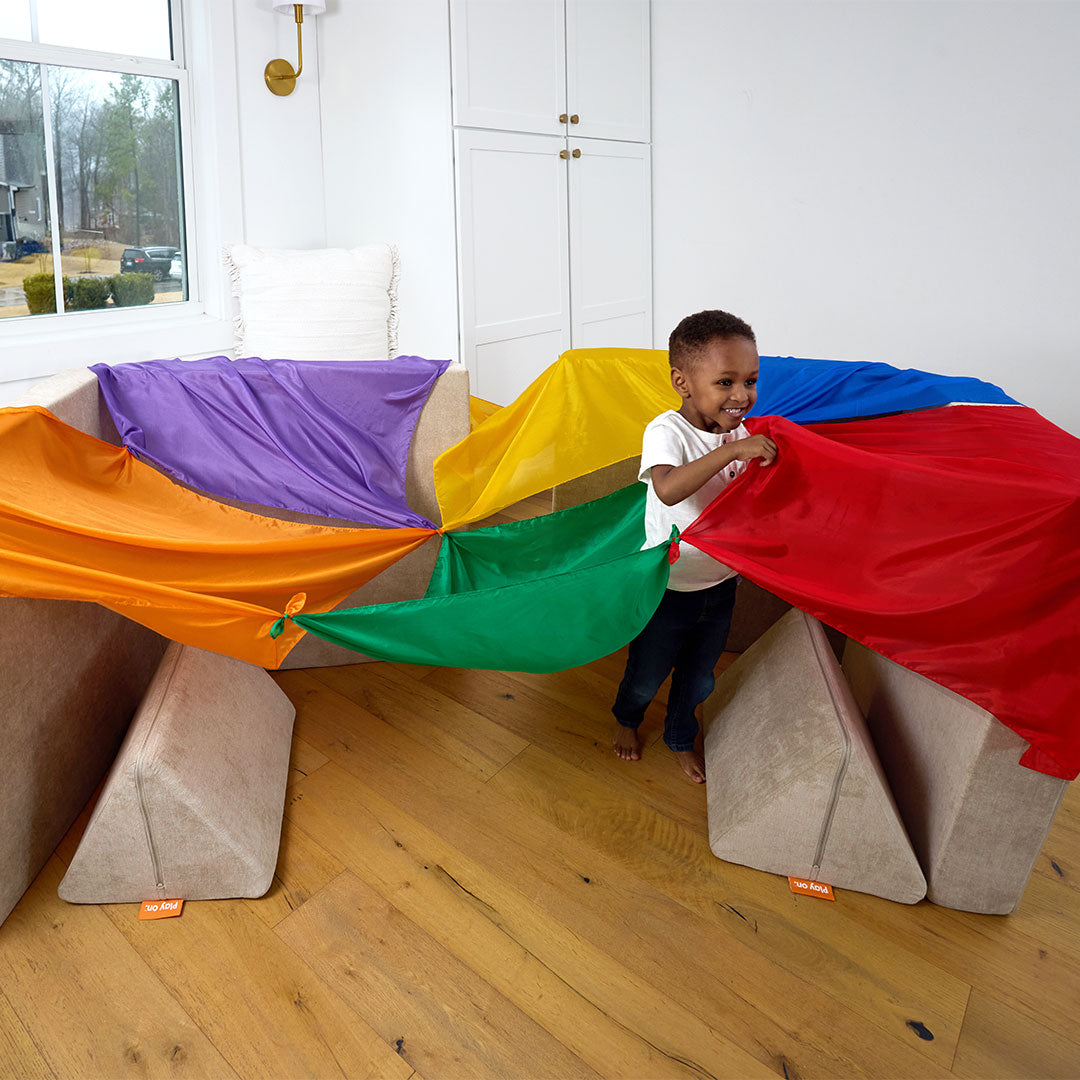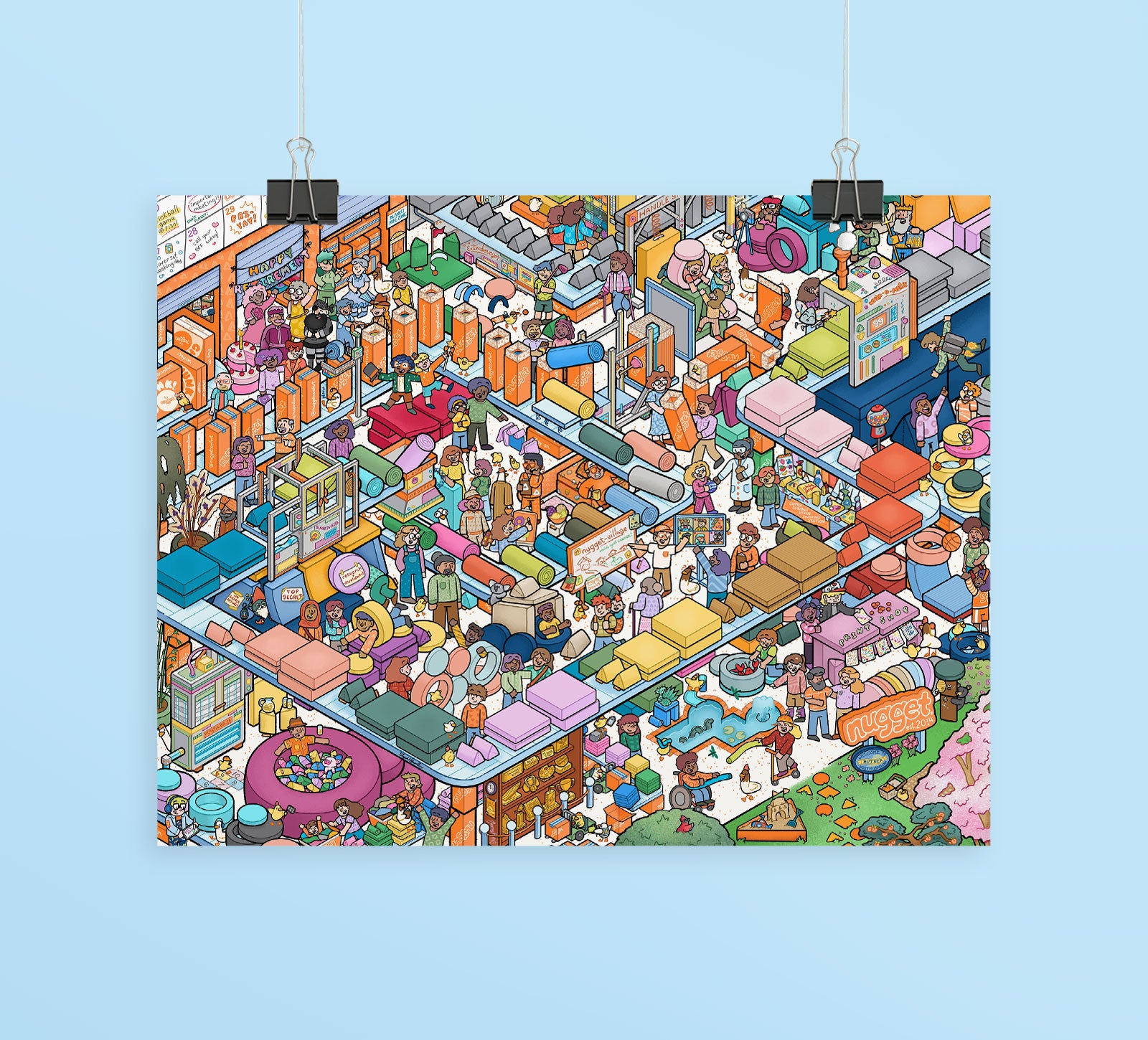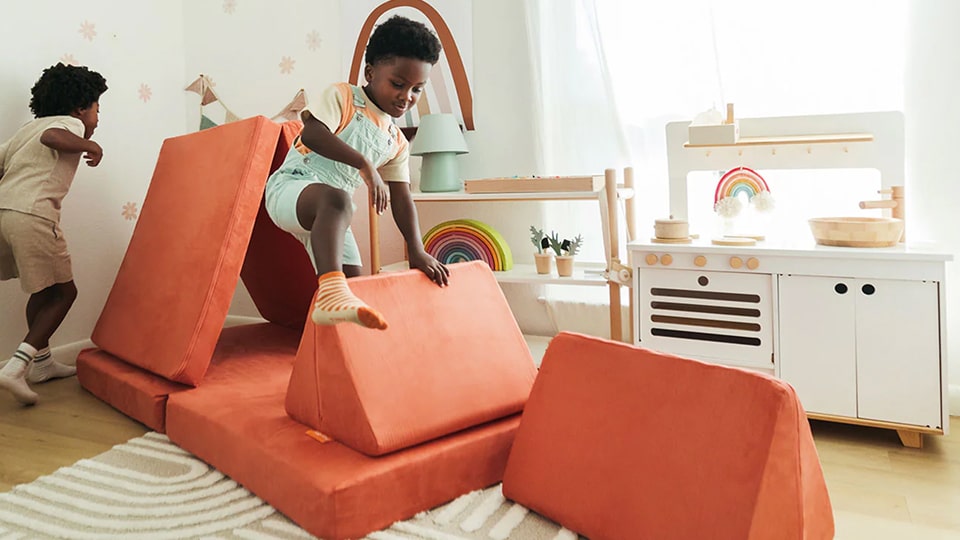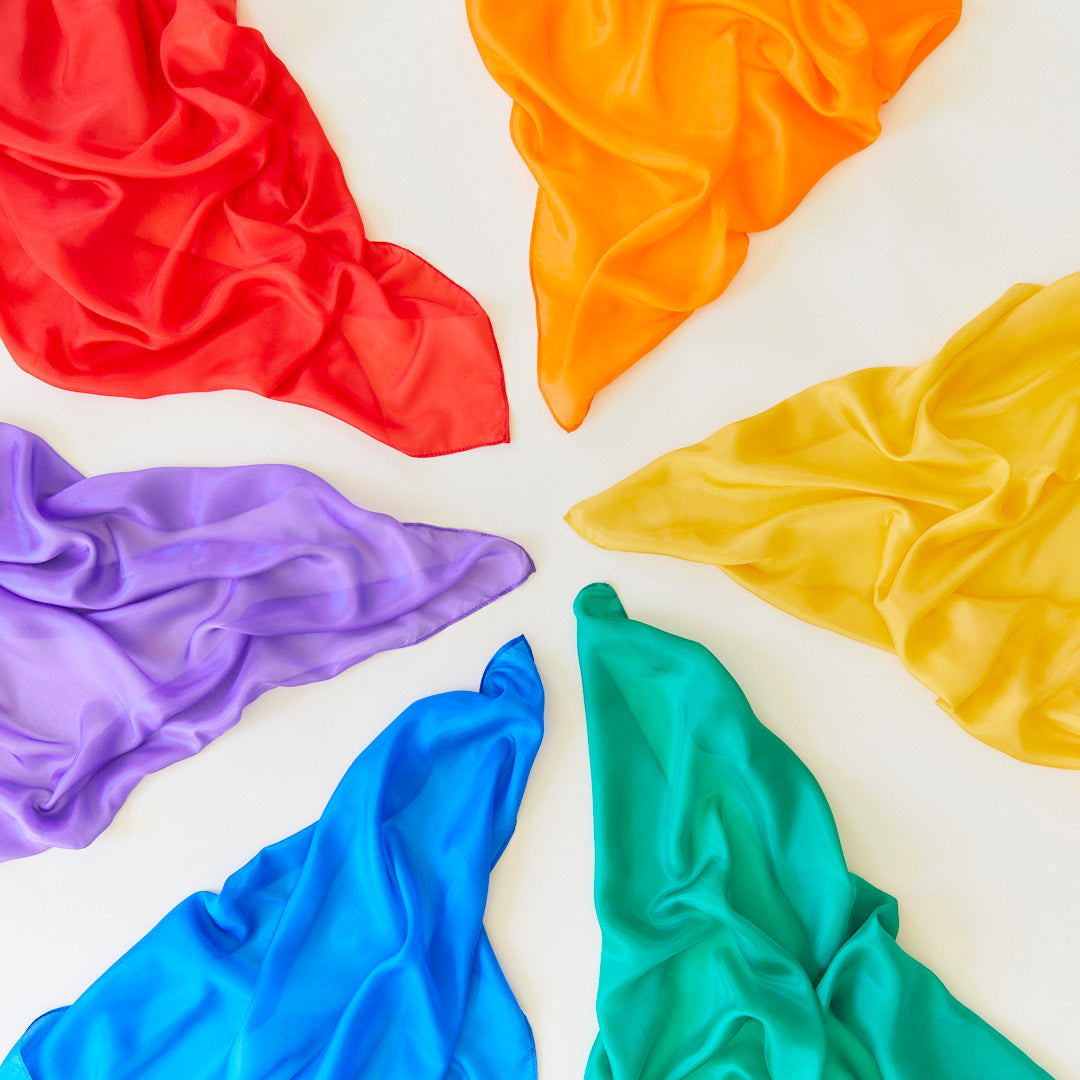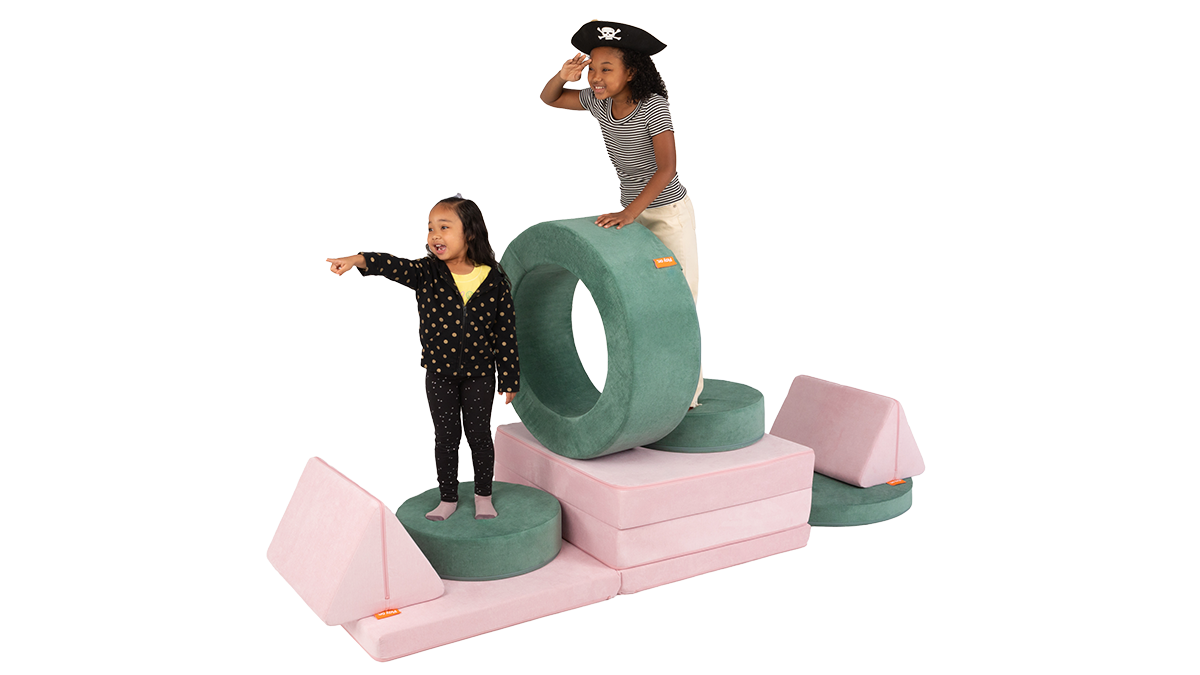Black Futures: Celebrating creativity that can resonate with all humans
Editor’s Note: Nugget is honoring and highlighting the work of Black artists and creatives — as well as educating ourselves on the barriers they’re facing in creative industries. Join us in Celebrating Black Creativity this month — and all year long!
“Celebrating Black Creativity is celebrating human creativity. Anyone can resonate with the struggle and the triumph and the overcoming of the Black creator. There's themes in there that should resonate with every human on the planet.”
Meet Keith Rosemond II! He’s a fine artist and graphic designer, and if you’re based in Atlanta, you’ve likely seen his art around town – whether it’s for sale at West Elm, hanging on the walls of trendy restaurants like Muchacho, or at one of the many popular arts festivals across the region.
Keith — who also goes by Keith Two — is an advocate for bringing parents into the conversation around art as a potential career path. He wants to empower caregivers to envision the career options available for creative, artsy kids. His own parents were nothing but supportive for his talent, and he acknowledges what a difference that made for him.
Keith and his wife Sarita have two young kids who are already exploring their own creativity in new ways every day – playing imaginative games with their mom, and doing open-ended drawing and painting with their dad. We caught up with Keith to discuss how the Black artists of the previous generation have paved the way for him, and how he celebrates their legacy through his own artwork.

This interview has been lightly edited for length and clarity.
Nugget: You’ve shared that your parents really helped prioritize your art and foster your sense of creativity. Can you share more about the impact of that encouragement?
Keith: I didn't realize it at the time, but having parents that supported my love of making art really made all the difference. It subconsciously let me know that it was okay to be known as the kid who could draw in school, and that my talent had value. It meant a lot to me because my dad liked to sketch. He wouldn't ever call himself an artist or anything like that. My mother liked art, but she didn't have a deep connection to it. So the fact that they supported me so much, especially in their generation when the “starving artist” stereotype was so prevalent, is so meaningful. They still invested in my talent, even though those things were still in the back of their mind.
Nugget: What else helped you cultivate your sense of creativity as a kid?
Keith: Cartoons and comic books. My dad used to take me to Blockbuster — you remember Blockbuster? (Laughs) They had these movies — I didn't know it at the time, but it was Japanese animation. I used to rent Voltron over and over again.
I also remember my mother taking me to art festivals, especially the National Black Arts Festival in Atlanta. I got to meet incredible artists like Maurice Evans, and see firsthand the work of Kadir Nelson, whose art really influenced me. At one of those festivals, my mother bought me my first-ever original piece of art, by a talented paper sculpture artist named Keith Anderson. I was a teenager! Original art? She should’ve bought me a small, non-expensive piece! But no – my mom bought the original for me. That piece of artwork is still hanging in my studio today. It meant so much.
Nugget: What tools are available now that you wish you’d had access to as a kid?
Keith: To be totally honest, nothing. All I wanted was a piece of paper and a pencil. I had plenty of that, so I was good. Now I see the tablets and how powerful they are, and they’re cool. But I had everything I wanted.
Nugget: What do you do to help your kids get creative?
Keith: We love to paint and draw, so we do open-ended painting and drawing. I give my wife, Sarita, a lot more credit than I give myself for fostering creativity with them! We met at art school — she studied interior design. She intentionally looks for opportunities to foster creativity in our kids by doing arts and crafts projects with them. They love building structures out of cardboard boxes — or anything, really. She has a really good talent for taking a few toys from different sets and combining them to make a whole new toy – like a whole city they can move cars through.
Nugget: Do you feel like you faced any barriers or challenges to pursuing your art?
Keith: My parents brainwashed me in the best way possible. They did let me know some struggles I would face as a Black man, but they never stopped there. They told me I could do anything. They invested in what I was good at. Even though you could see certain barriers, I never internally felt like I had any, you know? They didn't raise me to believe there was a ceiling on what I could do — just to be aware of some of the challenges I might face.
Nugget: How old were you when you realized you could make a career out of art?
Keith: I've always internally felt like I need to do art. It really started forming my senior year in high school. It probably wasn't until I was touring SCAD (Savannah College of Art and Design) in Savannah, and I talked to some of the professors and students there. I thought, Okay. I can see the direction now. I could see a major in art. And then from the major, I could see a career.

Nugget: In 2019, an industry survey showed only 3% of graphic designs were Black. By 2021, that number had grown to 4.9%, but Black designers are still vastly underrepresented in the industry. They’re 12.6% of the overall labor workforce. FIrst of all — what’s helping?
Keith: I think the same thing happened with Black creatives that happened with a lot of creatives. The pandemic forced them to look at what they were doing with their lives and what they really wanted to do with their lives. I think a lot of people were like, “Hmm, this myth of job security is kind of crashing down. What do I really want to do?” That's my guess. A lot of people thought, you know what, I've always wanted to do this. I think the rise of social media has helped as well, because you can now start seeing people doing creative artwork. A lot of them will give you the strategies and skills they have. They'll just pass learning along for free. The democratization of the flow of information has made learning so much easier.
Nugget: What’s holding people back?
Keith: I believe direct mentorship is probably going to make the most impact. Of course, that probably moves a little slower, that one-on-one mentorship. You can't do that for everybody. But the more we do it — for the kids and for the parents — I think the more we'll see people come along and realize, this is what this looks like. Maybe this is a path I can take. This industry and this profession is just as viable as any other. There are so many art professions that are legitimate and established. If people knew a little bit more about them, I think they’d feel more free letting their kids explore these different avenues.
Nugget: Where does your inspiration come from?
Keith: I am inspired by the things that influenced me as a child. I'm inspired by Black art that I saw growing up. I’m also inspired by Japanese art — a lot of the cartoons and comics I loved as a child came from Japan. They had a profound impact on me. I'm inspired by life lessons found in the Bible, scripture, and abstract thoughts about the human condition and how God interacts with everything. I love trying to put that into pictures. That is so much fun to me. It's like putting a puzzle together.
Nugget: You just referenced Black art as an inspiration — what does celebrating Black creativity mean to you?
Keith: Celebrating Black creativity takes me back to going to those Black arts festivals and seeing Black people create and sell their artwork. I didn't know it at the time — I just liked looking at it. But that had a deep impact on me. I feel like when I create my artwork, I'm celebrating them because they were showing me, even back then, what the idea of art could be for Black culture. They were showing me the way. I’m an extension of the stuff they have done.
Celebrating Black creativity is celebrating human creativity. Anyone can resonate with the struggle and the triumph and the overcoming of the Black creator. There's themes in there that should resonate with every human on the planet. I'm proud to be a Black creative, and I just hope people don't see that as a box. I think sometimes when people look at Black art, they try to box it. They're like, oh yes, Black art - that’s slavery, civil war, segregation. That's in there. All of those things are true and they’re very important. But it's more than that…. It’s important to understand that Black history is not done. The stories of Black people in America are still being written.
Lightning Round: Nugget Style
Keith’s dream build: “An obstacle course for the kids to go through.” He says his son’s first build was a car — and his daughter built a house.
Keith’s ideal Nugget pairing: Willow and Rodeo. “We really like that reddish brown and green combination.”
How the Nugget can help a young creative: “It’s essentially building blocks for your imagination — a catalyst for imagination. I was legitimately surprised how quickly my kids took to it, and how quickly their imagination started growing, and then the creativity started flowing from that imagination as they tried to build different things.”
